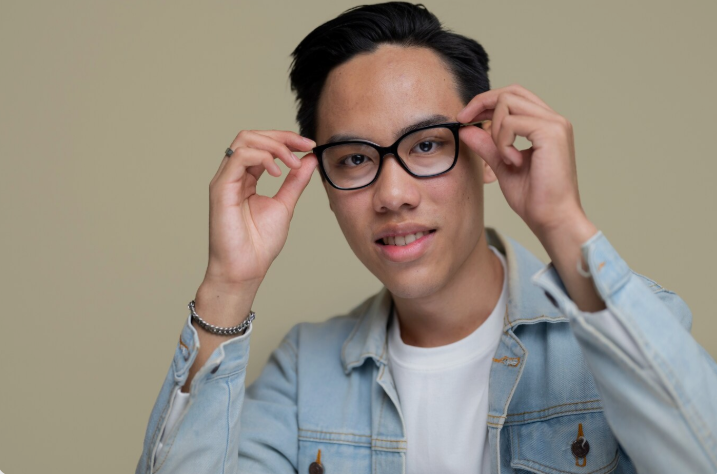After undergoing a deep plane facelift, one of the most common and expected parts of the recovery process is swelling and bruising. These side effects are a natural part of healing, especially for a procedure that works on the deeper structural layers of the face. While it can be unsettling to see in the mirror early on, understanding what’s normal — and what’s not — can help you feel more at ease throughout your recovery.
Why Swelling and Bruising Happen
During a deep plane facelift, your surgeon repositions the SMAS layer (the fibrous tissue under the skin), which involves releasing and lifting deep facial structures. Because this technique works beneath the surface, it inevitably affects blood vessels, lymphatic flow, and tissue integrity — all of which contribute to facelift swelling and post-op bruising.
What’s Normal: Swelling Timeline
Day 1–3:
- Swelling is at its peak during this time.
- Most patients describe a feeling of tightness or puffiness, especially around the cheeks, jawline, and neck.
- Facial features may appear distorted — this is temporary and expected.
Day 4–7:
- Swelling gradually starts to subside, but your face may still feel firm or look slightly bloated.
- Many patients begin to feel more comfortable moving around or taking short walks.
Week 2:
- Visible swelling continues to diminish.
- You may feel “socially ready” with light makeup or a scarf.
- Subtle contours of your new facial structure become more visible.
Weeks 3–4:
- Most of the noticeable swelling has resolved.
- Only mild residual puffiness may remain in specific areas like under the chin or around the ears.
Month 2–3:
- Swelling is usually fully resolved.
- Final facial shape becomes refined, natural, and balanced.
What’s Normal: Bruising Timeline
Day 1–7:
- Post-op bruising facelift patients often see purple, red, or blue bruises around the lower cheeks, jawline, neck, and sometimes under the eyes.
- The bruising may appear darker before it fades.
Week 2:
- Bruises typically change color to yellow or green as they heal.
- Makeup can often camouflage remaining discoloration effectively at this point.
Week 3 and Beyond:
- Most bruising has disappeared.
- Any lingering marks are usually faint and temporary.
How to Minimize Swelling and Bruising
Surgeons often recommend the following to support faster healing:
- Keep your head elevated at all times, especially when sleeping.
- Use cold compresses during the first 48 hours.
- Avoid strenuous activity, alcohol, and salty foods, which can increase swelling.
- Stay well hydrated and follow all post-operative instructions carefully.
- Consider lymphatic drainage massage (if approved by your surgeon) to reduce lingering puffiness.
When to Contact Your Surgeon
While facelift swelling and post-op bruising are normal, there are a few signs you should watch out for:
- Sudden increase in swelling on one side
- Severe, persistent pain
- Signs of infection (warmth, redness, discharge)
- Hematoma (a firm, painful lump under the skin)
Always follow up with your surgical team if something doesn’t feel right — it’s better to be cautious than dismiss a potential concern.
Final Thoughts: Patience Pays Off
It’s completely normal to feel anxious during the first few days of recovery. The swelling and bruising may seem dramatic, but they are part of the natural healing process after a deep plane facelift. Trust your body’s timeline, and know that within a few weeks, you’ll begin to see the refreshed, lifted, and youthful version of yourself emerge.
Remember: Your final result is worth the wait.




